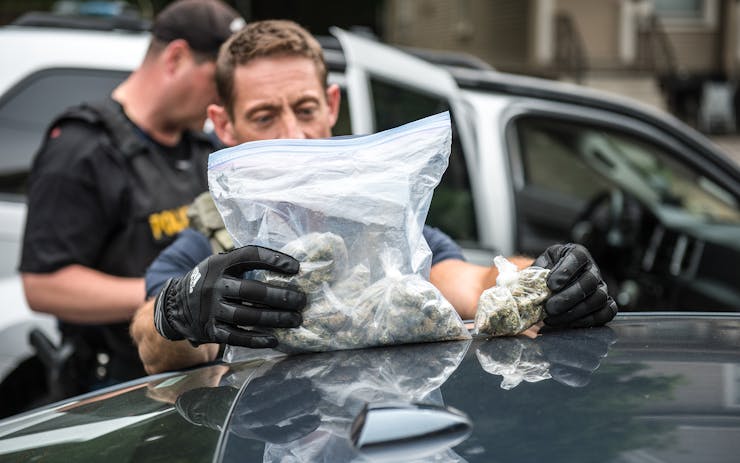The Drug Enforcement Administration released its 2016 National Drug Threat Assessment Summary recently, and a few items are catching the eye of cannabis advocates around the country.
Among the observations about the current state of cannabis in America, the report states:
“While marijuana remains illegal under federal law, many states have passed laws allowing the cultivation, possession, and use of marijuana within their respective states. Due to these varying state laws, as well as an abundance of media attention surrounding claims of possible medical benefits, the general public has been introduced to contradictory and often inaccurate information regarding the legality and benefits of marijuana use.”
That, the report concludes, “has made enforcement and prosecution for marijuana-related offenses more difficult, especially in states that have approved marijuana legalization.”
The report indicates that at least one of the results of these state-legal cannabis programs has been a serious reduction in the amount of Mexico-sourced cannabis being seized in the United States. Law enforcement has seen “declines in the overall amount of Mexico-sourced marijuana seized at the SWB” (Southwest border), the DEA reported, noting a 23.6 percent decline in the total weight of cannabis seized along the southern border from 2013 to 2014, and a 3.7 percent decrease from 2014 to 2015. State legalization has also driven “shifts in demand for higher-quality marijuana,” the report notes.
In a section on Drug Trafficking Trends, the report notes that cannabis grown illegally is often diverted to the East Coast and Midwest, where the black market still thrives. Particularly in legal states like Colorado, there have been an abundance of overt growing operations under the guise of working within the established regulations, only to sell the cannabis in black markets to glean a profit.
As former chief of the DEA Financial Crimes Unit, Michael Capasso, put it earlier this year, “As long as other states are still illegal, there will be a demand for black market marijuana.”
The DEA annual report also noted a shift in the perception of cannabis in the eyes of public safety officials. Only 4.9 percent of the report’s respondents considered cannabis their greatest drug threat, which has actually decreased from 6 percent in the same NDTS report in 2015.
Unsurprisingly, the report also outlines rejecting two petitions this year requesting that cannabis be rescheduled, citing the same reason as always:
“Marijuana remains a Schedule I controlled substance because it does not meet the criteria for currently accepted medical use in treatment in the United States, there is a lack of accepted safety for its use under medical supervision, and it has high potential for abuse.”
The report also indicates that the rate of cannabis usage in teenagers has plateaued in the last three years, and is currently at a lower level than it was in 2010, before legalization.
The report’s section on cannabis ends with an intriguingly vague, but intentionally open-ended conclusion:
“Domestic use of marijuana will remain high and is likely to increase… Fragmented and developing medical and personal use laws among the states will continue to create uncertainty and increasingly complex issues for the public, law enforcement, banking systems, and medical professionals. Marijuana will remain a part of domestic and international political discussions for the foreseeable future.”
Lead Image: Shane T. McCoy/US Marshals/Office of Public Affairs/Flickr Creative Commons





